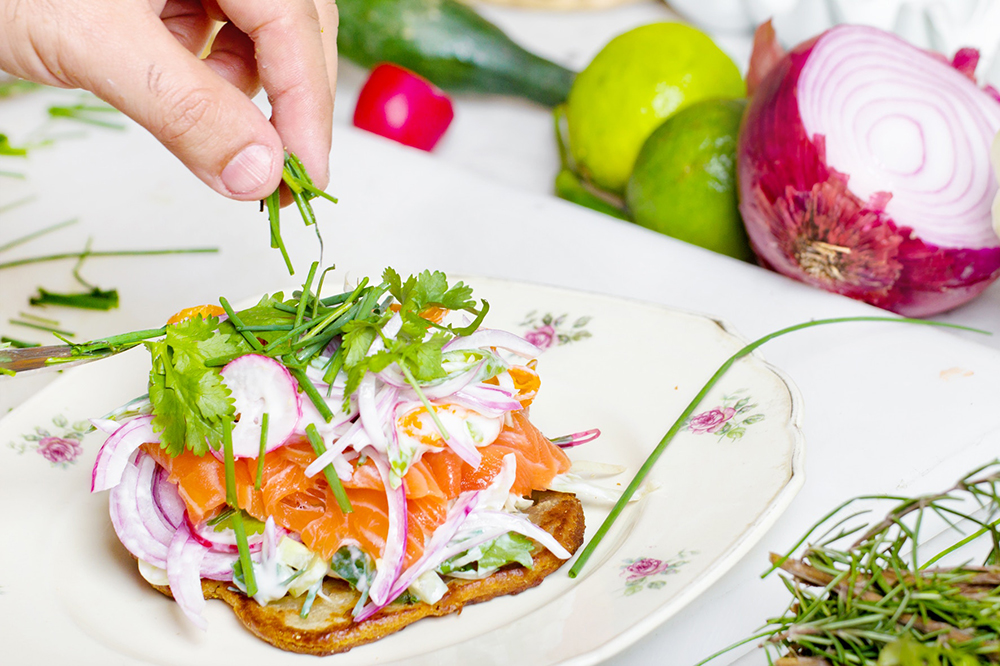Petrol and diesel prices rallied again on Sunday by 29 and 28 paise a litre respectively, the 27th hike in 48 days that made a litre of petrol costlier by 6.82 and diesel by 7.24 since May 4, a day after results of five assembly polls were declared.
Petrol in Delhi will now be priced at 97.22 per litre and diesel at 87.97 a litre. While fuel rates in Delhi are the benchmark for the entire country, retail prices of the two fuels differ from place to place because of variations in state taxes and local levies.
Both petrol and diesel prices have crossed the 100 mark in several cities with Rajasthans Ganganagar, where petrol is sold at 108.37 per litre and diesel at 101.12 a litre on Sunday, registering the highest retail prices. Mumbai, where petrol is currently sold at 103.36 per litre and diesel at 95.44 a litre, has the highest fuel rates among five metros
The upward movement since May 4 saw petrol breaching the 100 mark in various cities across the country, including Mumbai, Ratnagiri, Parbhani, Aurangabad, Jaisalmer, Ganganagar, Banswara, Indore, Bhopal, Gwalior, Guntur, Kakinada, Chikmagalur, Shivamogga, Hyderabad and Leh.
Surging international oil rates and exorbitant domestic tax structure are two key reasons for high rates of petrol and diesel in pumps.
International oil prices that moved downward on Thursday, gained in the closing session of this week on Friday. Benchmark Brent crude fell by 1.76% at $73.08 per barrel on Thursday before jumping to 0.59% to close at $73.51 a barrel on Friday. Domestic fuel retailers align pump prices of petrol and diesel with respective international benchmarks of previous day, which often move in tandem with crude oil rates.
Pump prices of fuels are also high because of taxes. In Delhi, central levies account for 34.8% of petrols price and state taxes constitute 23.08%, according to an official data of June 1. On diesel, central taxes are over 37.24% while state taxes are about 14.64%. Through 2020, as global crude prices fell, the Central government raised excise duty on the fuel to shore up its finances. States too followed suit — with revenues hit on account of the pandemic.
Even as international oil prices saw volatility since May 4, pump rates of auto fuels in India moved only in the upward direction. For instance, despite Brent crude plunging to $65.11 on May 20, the lowest in these 46 days; petrol and diesel rates went up the next day by 19 and 29 paise a litre respectively.
According to executives working in state-run oil marketing companies, pump prices are also high because companies were recovering their past revenue losses like the one suffered for 66 days since February 27 when rates were not raised because of assembly elections in four states and one Union territory.
During the 66-day pause on rate hike, state-run retailers also reduced petrol and diesel rates by 77 and 74 paise a litre, respectively in four small steps. But, the entire gains to the consumers were quickly reversed in the first four consecutive rounds of rate hikes starting May 4.
The government deregulated the pricing of petrol on June 26, 2010 and diesel on October 19, 2014. Accordingly, state-run retailers are free to change pump prices every day. Public sector retailers such as the Indian Oil Corporation (IOC), Bharat Petroleum Corporation Ltd (BPCL) and Hindustan Petroleum Corporation Ltd (HPCL) control almost 90% of the domestic fuel retail market.
